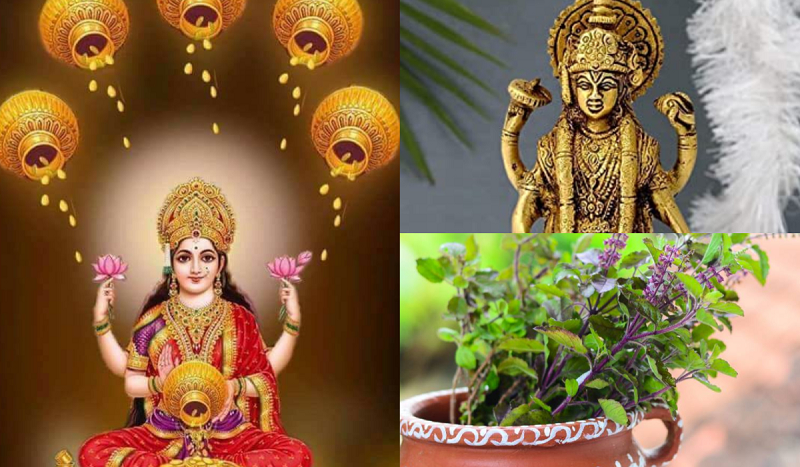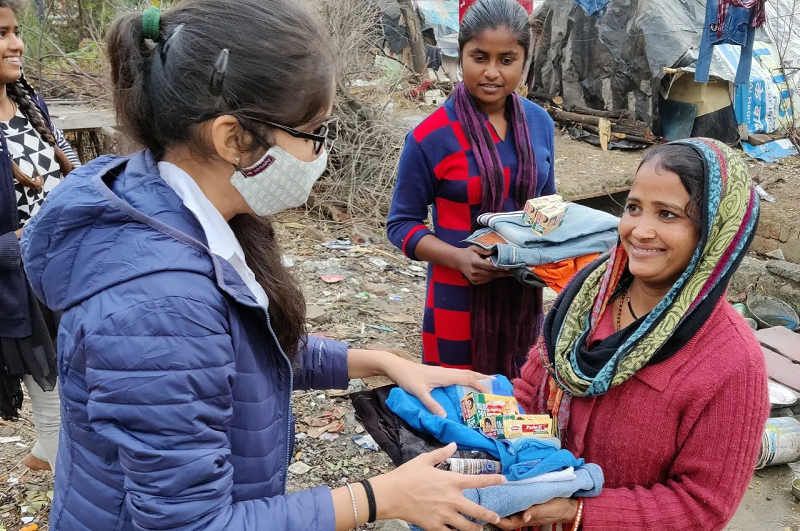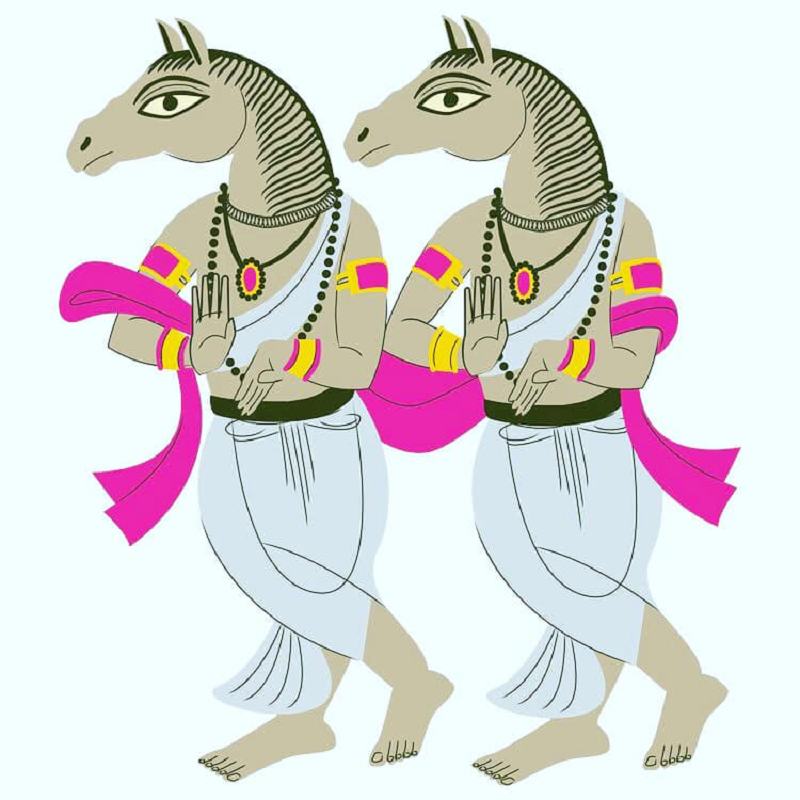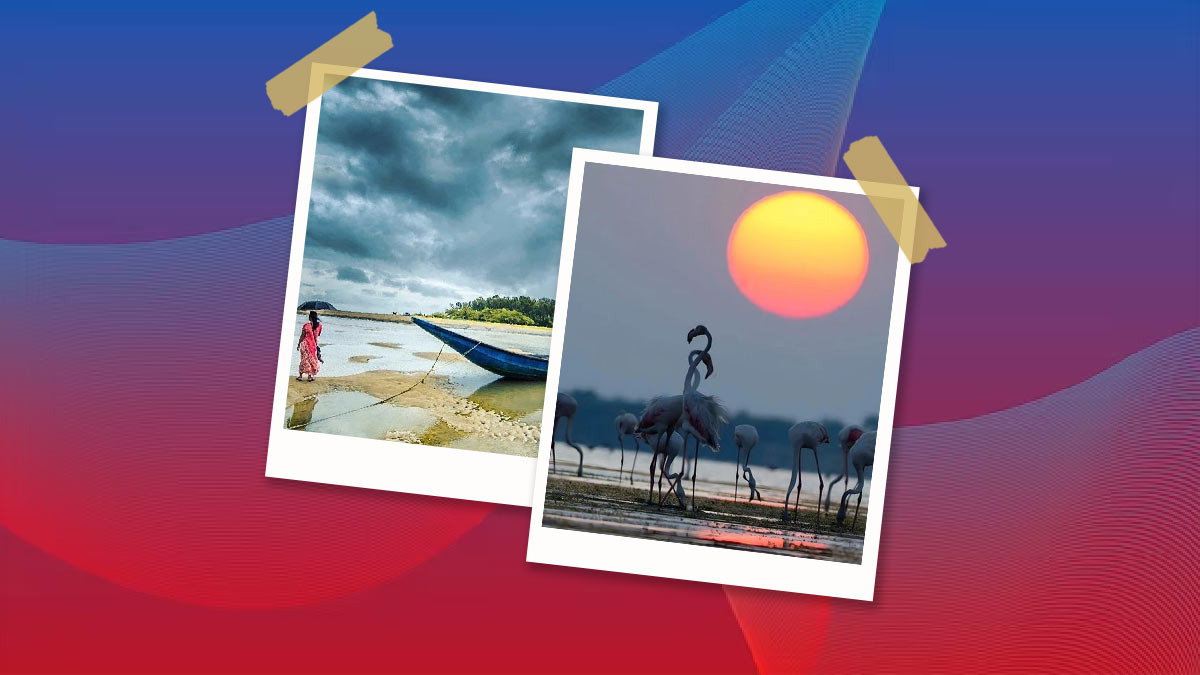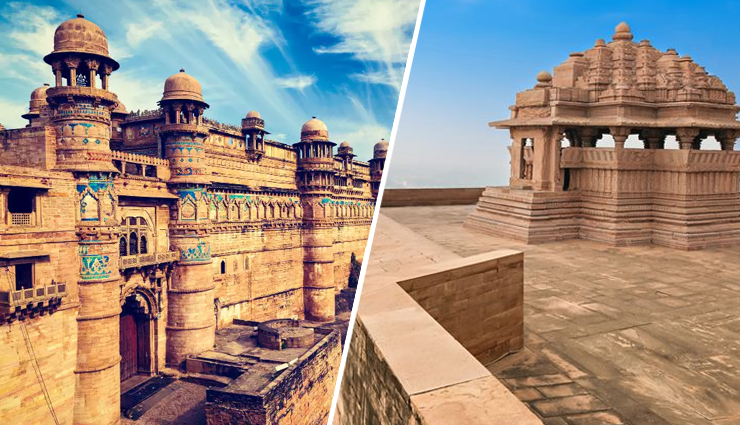There are many such forts in India, which are hundreds of years old and some are so old that no one knows when they were built and by whom. Today we are going to tell you about one such ancient and historical fort. This fort is also known as the "Fort of Snakes". This fort is more than 800 years old. It is believed to have been built by Shilahar ruler Bhoj II between 1178 and 1209 AD. It is said that the proverb "Kahan Raja Bhoj, Kahan Gangu Teli" is associated with this fort.
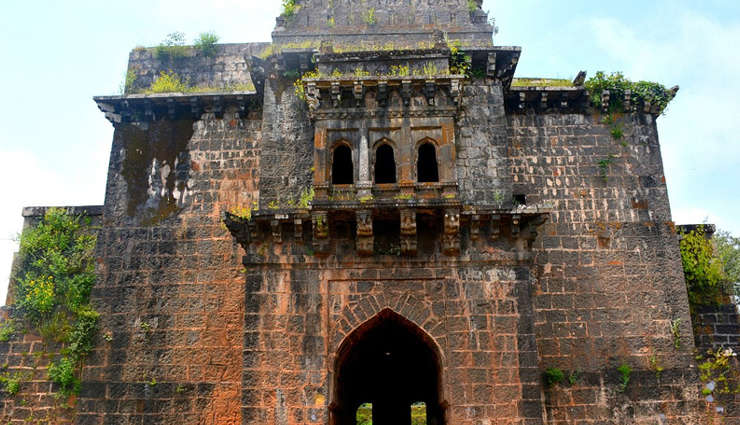
Fort plan
It is one of the largest forts in the Deccan, with a circumference of 14 km (9 mi) and 110 watch posts. It is 845 meters (2,772 ft) above sea level. The fort is built on the Sahyadri, rising more than 400 meters (1,312 ft) above its surrounding plain. Several tunnels extend from beneath the fort, one of which is about 1 km long. Much of the architecture is of the Bijapuri style with peacock motifs of the Bahmani Sultanate prominent on many structures. Some old bastions also have the lotus figure of Bhoj II. There are several monuments in the fort which are considered remarkable by the Archaeological Survey of India.
Fortifications and bastions
A fortification (tatabandi) of over 7 km defines the roughly triangular area of the Panhala Fort. The walls are protected by steep slopes for long sections, which are reinforced by parapets with slit holes. The remaining sections have ramparts 5–9 m (16–30 ft) high, with no parapet, strengthened by round bastions, the most notable of which is the Rajdindi.
Andhra Bawdi
Whenever an army besieged a fort, their first action was to poison the main water source of the fort. To counter this, Adil Shah got the Andhra Bawdi (hidden well) constructed. It is a three-storied structure with a spiral staircase that hides the well that was the main water source of the Panhala Fort. There are niches in the wall so that soldiers can be permanently stationed. Several hidden escape routes lead outside the fort in Andher Bawai. With its water source, living quarters, and exit routes, the structure was probably designed like a fort within a fort as an emergency shelter in case the main fort fell.
Kalvanticha Mahal (Prostitute's Palace)
The name of this building, also called Nayakini Sajja, literally means "roof chamber of courtesans". It is situated near the rampart on the east side of the fort. By 1886, it was a complete ruin with only traces of decorative work on the roof. It was used as Rang Mahal (accommodation for the ladies of the court) during the occupation of the fort by the Bahmani Sultanate.
Ambarkhana
The Ambarkhana, located at the center of the fort, had three granaries built in the Bijapuri style of architecture. He enabled Shivaji to withstand a 5-month siege by Siddhi Jauhar. It consists of three buildings called Ganga, Yamuna, and Saraswati Kothi. The Ganga Kothi, which was the largest, had a capacity of 25,000 khandis (one khandi was 650 pounds). Its area is 950 square meters and its height is 10.5 meters. Rice, Nachni, and Warai were the main stores. Stairs on either side lead to the top of the buildings. It has sixteen bays and each has its flat vault with a hole at the top through which grain was passed. The eastern entrance has a vaulted chamber with a balcony and stucco in the Bijapuri style.
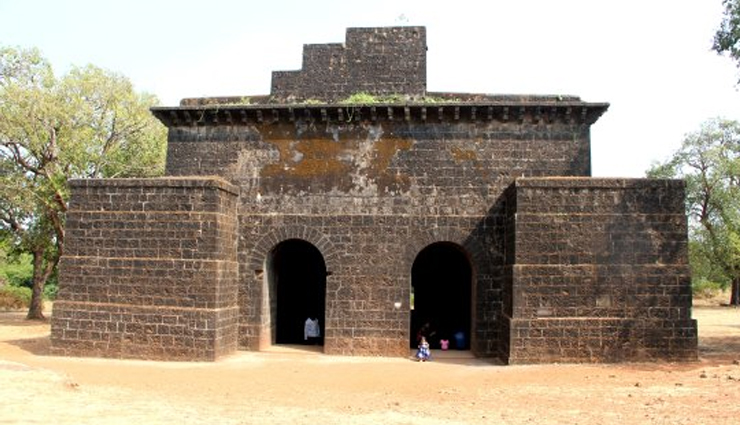
Dharma Kothi
It was an additional granary next to the three granaries that made up the Ambarkhana. It was a stone building measuring 55 feet by 48 feet by 35 feet. It has an entrance hall and a staircase leading to the terrace. From here food grains were distributed to the needy.
dressing room
three doors
Teen Darwaza was one of the three double entrances of the fort. The others were Char Darwaza and Wagh Darwaza. The Char Darwaza was destroyed during the British siege. The Teen Darwaza gate, which is the main entrance to the fort, is located north of Andhra Bawai on the west side of the fort. It is a double gate with a court in between which has arcades. At the top of the outer gate is an ornate chamber with decorated balconies. The inner gate of the court is highly decorated with lintels with finely carved motifs, including a Ganesha. The latter was put up by the Marathas during their occupation of the fort. There are three Persian inscriptions – one on the top and one on each side. All three declare that the gate was "built in 954 AH (1534 CE) by Malik Daud Aqi, son of Minister Ahmad, in the reign of Ibrahim Adil Shah I".
Wagh Darwaza
This was the second entrance to the fort. It was designed to prevent invading invaders from being trapped in a small courtyard and then easily disarmed. It has an elaborate Ganesha figure at its entrance.
Rajdindi Fort
Rajdindi Garh was one of the hidden exits of the fort used during times of emergency. It was used by Shivaji to escape from Vishalgarh during the Battle of Pawan Khind. The scepter is still intact.
Temples and Tombs
There are temples dedicated to Sambhaji II, Someshwar, and Ambabai besides the Mahakali temple. The Ambabai temple is very old and it was here that Shivaji used to make offerings before going on major campaigns. Jijabai's mausoleum is situated in front of her husband Sambhaji II's mausoleum. Ramchandra Pant Amatya (who wrote Adanyapatra, a treatise on Maratha policy) was the youngest minister in Shivaji's fort. He died in the Panhala fort and a mausoleum was built here for him and his wife. The tombs were covered with debris till 1941 and no restoration work was done till 1999. Also visible is the tomb of the 18th-century Marathi poet Moropant, who wrote poetry in the nearby Parashar Caves. The temple of the Muslim saint Sadhoba is also present.

Current usage
The palace of Tarabai, probably the most famous resident of the fort, is still intact. It is now used for a school, several government offices, and a boys' hostel. There are two buildings for food storage. The rest of the fort is in ruins, although the structures within the fort are often visited by tourists visiting the town of Panhala, a major hill station. It has been declared a protected monument by the government. The Masai stone behind the Panhala fort was chosen as an alternate location for the shooting of the film Padmavat.
(PC: Lifeberrys)


